When it comes to feeding the planet, we face some huge challenges.
The global population has increased from 7 billion to 8 billion people in the past 12 years, and the United Nations (UN) predicts that this number will reach around 10.4 billion people by the 2080s. That's a huge increase in the number of "mouths to feed".
At the same time, according to UN figures, the climate crisis means food will become scarcer and more expensive, while some crops will lose their nutritional value.
Meeting that challenge may require a new agricultural revolution. And CNN asked three industry experts to outline innovations that could help increase food production without harming the planet.
Plant-based food wrap
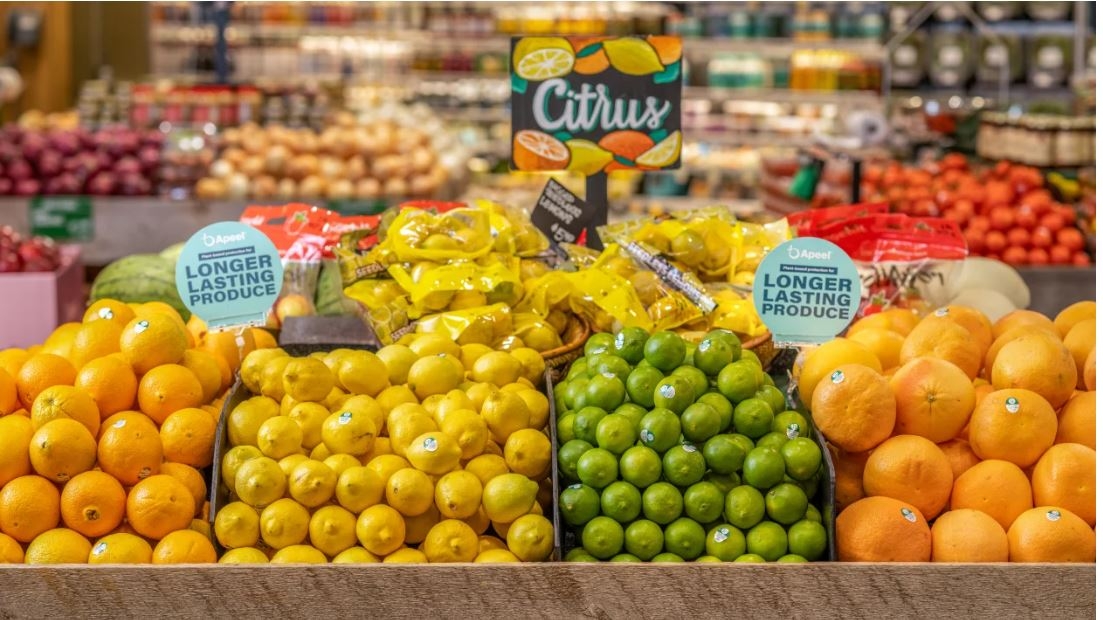 |
| Fruits covered with Apeel's vegetable film |
According to the World Wildlife Fund (WWF), a staggering 40% of the food grown globally is never eaten. Some is lost during and after harvest, some is lost along the supply chain, and some is wasted on store shelves or on our dinner tables.
Richard Munson, author of “Tech to Table: 25 Innovators Reimagining Food,” says one way to extend the shelf life of a product is to coat it with an edible, plant-based coating.
Mr Munson gave the example of the US company Apeel, which produces a clear, odourless, tasteless, edible food wrap. The film is made up of fatty acids and other organic compounds extracted from the skins and pulp of organic products, which act as a physical barrier to retain water and prevent oxygen from escaping.
Apeel's coating can double the shelf life of avocados, oranges and some other products, he said.
In addition, researchers in India have also developed edible coatings that they say can keep food fresher for longer.
Salt tolerant crops
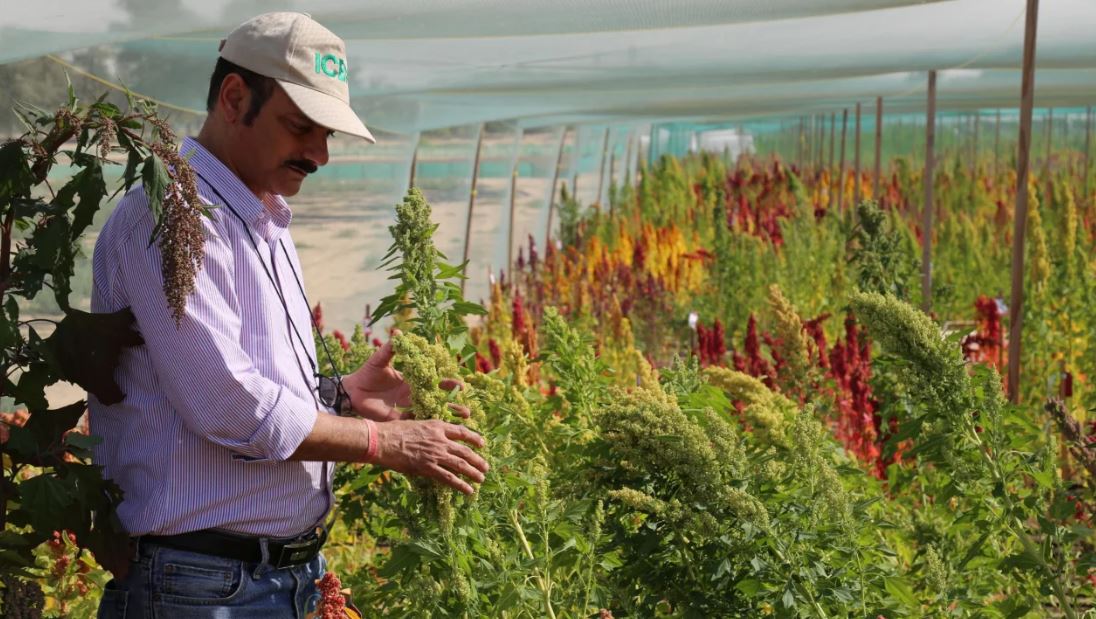 |
| The International Center for Biodynamic Agriculture is researching the potential of salt-tolerant crops. |
For many countries around the world , climate change means water is becoming increasingly scarce. That is causing a huge problem for farmers in areas like the Middle East, who rely on desalinated seawater.
Globally, more than 1 billion hectares of land – larger than the area of China – have been affected by salinity, said Dr Tarifa Alzaabi, director general of the International Centre for Biodynamic Agriculture (ICBA) in Dubai.
One solution to this problem is to grow crops that thrive in salty soil. Alzaabi said ICBA has developed salt-tolerant varieties of date palms and is successfully growing Salicornia, an edible plant found in many parts of the world. Alzaabi described it as a “desert superhero” because of its ability to grow in salt water – created as a by-product of desalination.
She added that ICBA has also tested technologies such as hydrogels (water-retaining gels) along with subsurface irrigation systems and found they can significantly cut farmers' water use.
Precision farming
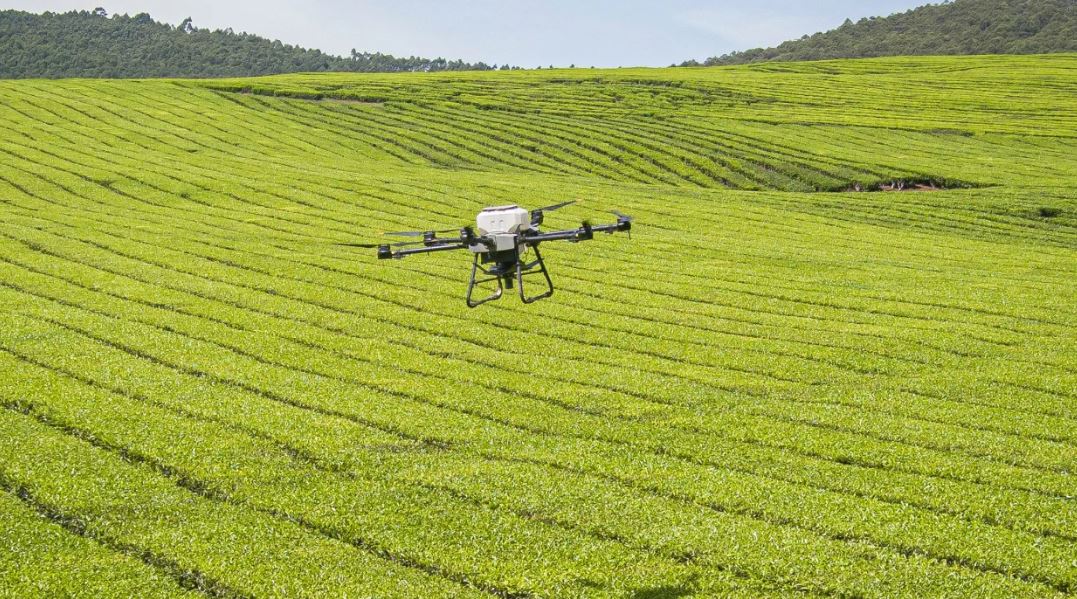 |
| Drones can be used to collect agricultural data |
Around the world, food is grown on lands of all sizes and types, but that diversity means farmers often fail to take into account the complexity of landscapes and the variability of soils, says Chandra A. Madramootoo, professor of bioresource engineering at McGill University in Canada.
Mr Madramootoo proposes a solution to the problem in precision farming, an approach that allows crop selection, chemical and water application in spatially similar areas of land and soil.
This can be done through digital mapping, using technologies such as drones and sensors to distinguish soil types and characteristics. Geospatial modelling (using statistical models of soil characteristics and topography) can be used to group landscape areas with similar characteristics together.
“Taken together, this could help sequester more carbon in agricultural ecosystems, conserve water and reduce chemical pollution in complex farming areas,” said Mr Madramootoo.
Meanwhile, Dr Tarifa Alzaabi said ICBA has used drones to collect data during date palm cultivation and has adopted precision agriculture techniques including smart sensors and sound meters to optimize fertilization and irrigation.
Insect protein
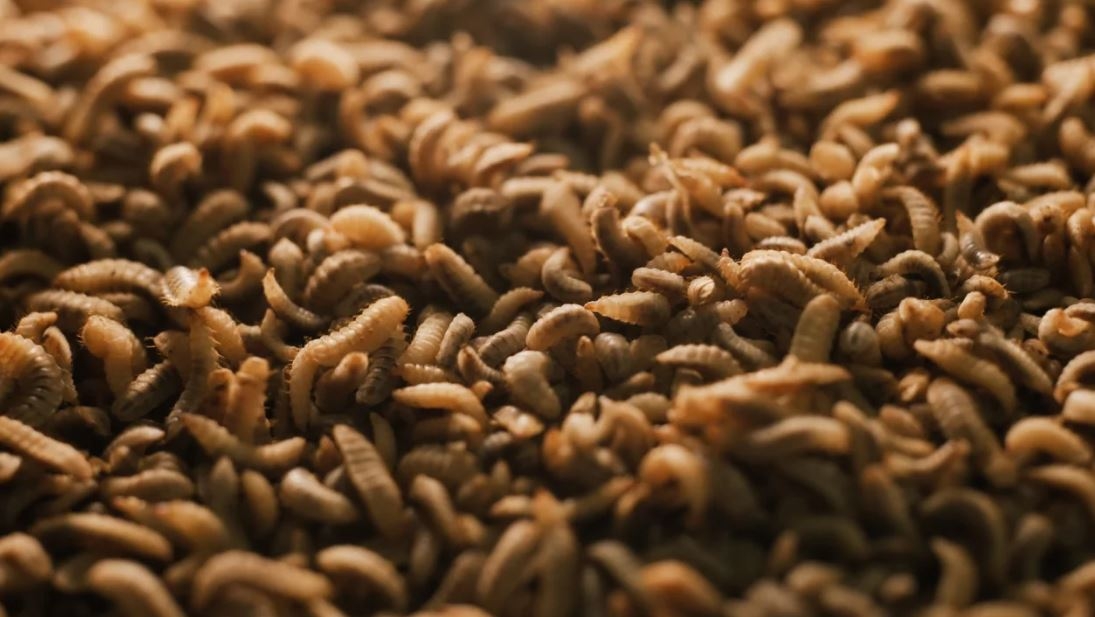 |
| Black soldier fly larvae can turn organic food waste into fertilizer and animal feed. |
A traditional source of protein in parts of Africa, Asia and South America, insect farming for food is becoming more popular elsewhere. In 2020, Nestlé launched Purina Beyond Nature's Protein pet food, which contains insect protein, millet and fava beans. In Singapore, Insectta raises black soldier fly maggots for animal feed. The maggots are fed food waste, such as byproducts from soy factories and breweries.
“Insects like beetles are a potential alternative,” Munson said. “They take up little space, thrive in close quarters, survive without light, reproduce year-round, emit few pollutants or greenhouse gases, and require little food.”
The “holistic” approach
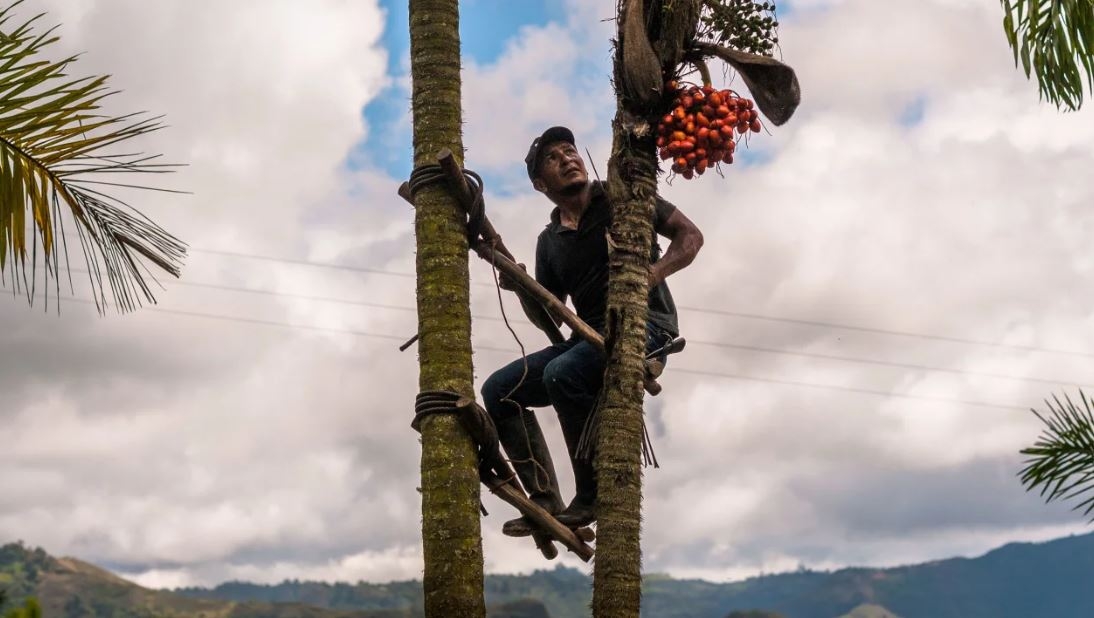 |
| A farmer in Colombia harvests chontaduro fruit. |
“Food production is being done at the expense of biodiversity,” said Madramootoo, professor of biological resource engineering. He said one reason for this is that the diversity of adjacent ecosystems is not taken into account.
Mr Madramootoo therefore called for a “holistic approach” to sustainable food production across all ecosystems – coastal, marine and terrestrial, including forests, agricultural lands and urban areas.
And according to this expert, the benefits of this approach include producing protein from marine resources, integrating wetlands with aquaculture and fish farming systems, and using forestry systems to produce food. He believes that agroforestry and silviculture (forest management) can provide people with livelihoods, increase food production, support conservation and increase carbon stocks.
Urban Agriculture
 |
| Bowery Farming vertical farm in Kearny, New Jersey, USA |
The holistic approach could also be applied to food production in urban and peri-urban areas, Mr Madramootoo said.
Trees in urban and peri-urban areas can provide food, shade, cooling and carbon sequestration. Food can be grown on rooftops. We can use the water and energy waste from homes to grow food in small plots, shade houses or covered tunnels where frost is likely.
In densely populated urban areas, vertical farms could be used in warehouses or abandoned buildings to produce food. This would cut the need for water and expensive chemical inputs, while also reducing waste streams.
Vertical farms of this type have become more popular in recent years. They use LED lights to grow crops indoors, without soil. They are highly automated and nutrient-rich water is delivered directly to the plant roots.
According to vnanet.vn
Source link







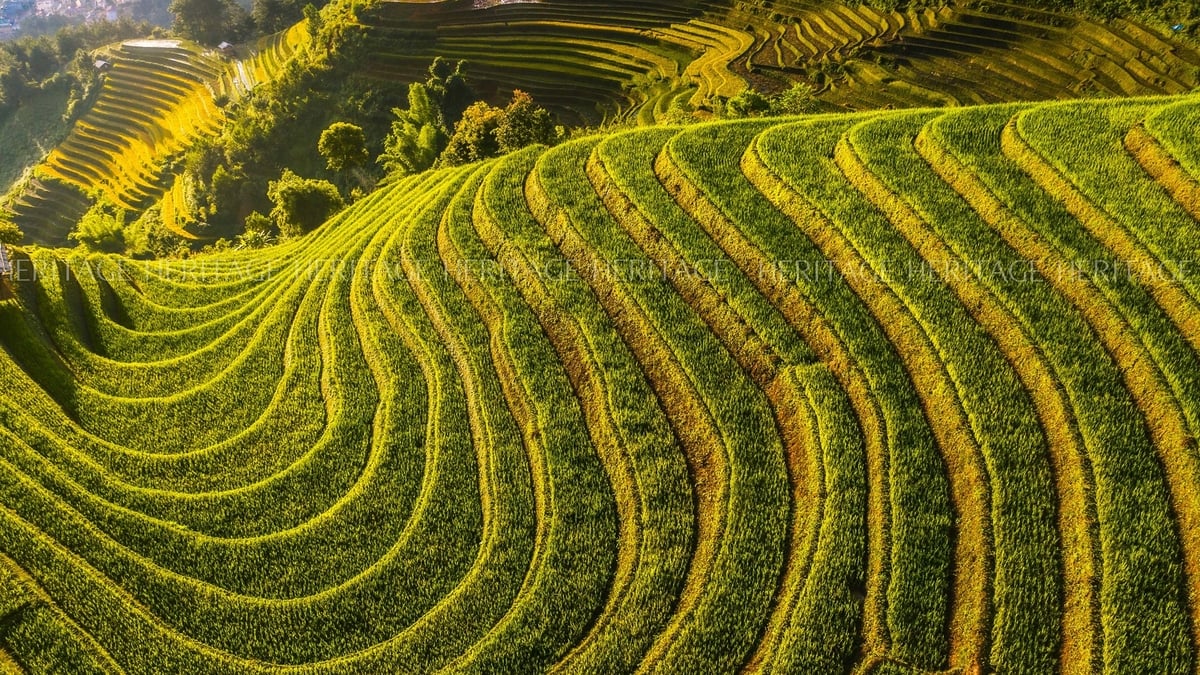


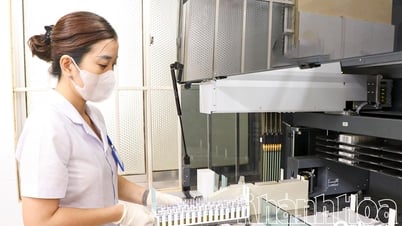







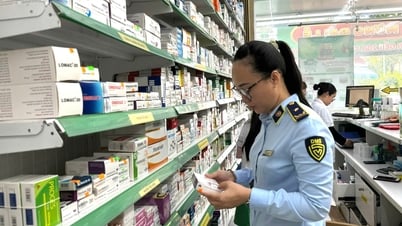




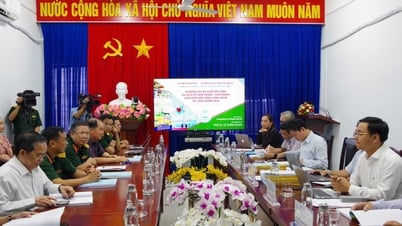



































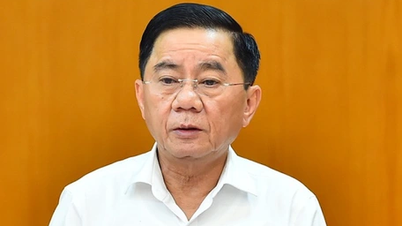












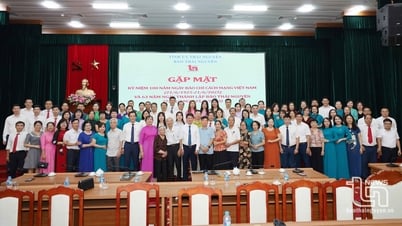





















Comment (0)